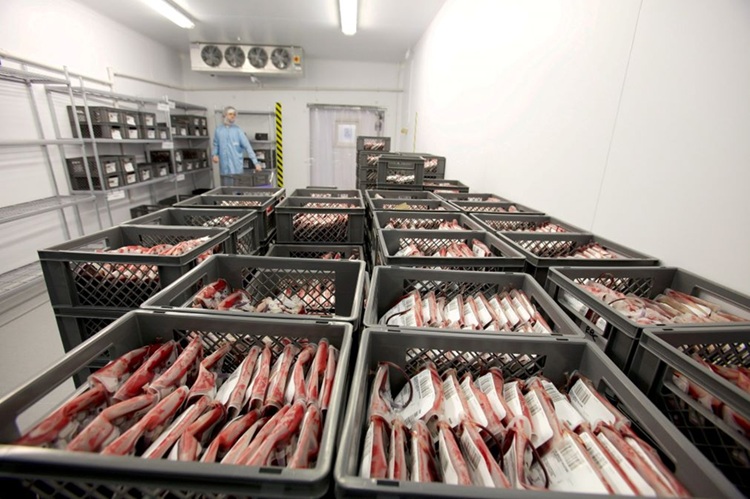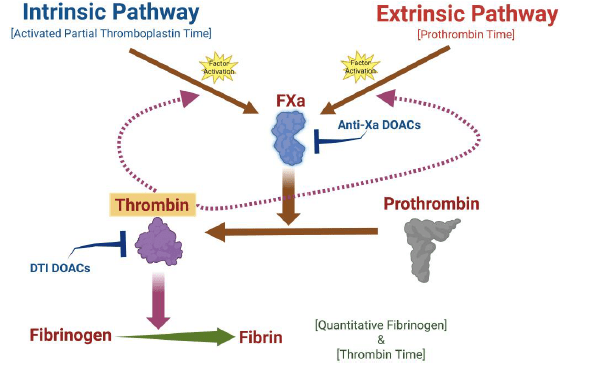New Test Assesses Oxygen Delivering Ability of Red Blood Cells by Measuring Their Shape
Posted on 23 Dec 2024
The release of oxygen by red blood cells is a critical process for oxygenating the body's tissues, including organs and muscles, particularly in individuals receiving large blood transfusions. Healthy, fresh red blood cells have a characteristic biconcave shape, resembling a dumbbell, which facilitates efficient oxygen release. However, during refrigerated storage, red blood cells become energetically stressed and adopt a more spherical shape, slowing down their oxygen release. Researchers have now developed a method to assess the oxygen delivery capability of red blood cells by measuring their shape. This test could enhance practices in specialized transplant and transfusion settings, as well as improve blood banking procedures.
Researchers at the University of Oxford (Oxford, UK), in collaboration with NHS Blood and Transplant (London, UK), have created FlowScore, a formula designed to predict the rate at which red blood cells release oxygen. While earlier studies at Oxford's Department of Physiology, Anatomy, and Genetics identified factors affecting oxygen release from red cells, the testing method was too complex for routine use in blood centers focused on enhancing the monitoring of blood stored for transfusion. To adapt these findings for blood banking, NHS Blood and Transplant’s Component Development Laboratory joined the initiative, providing blood samples stored following NHS protocols and using measurements from hematology analyzers. These analyzers employ flow cytometry, which involves passing cells through a laser beam to examine their characteristics. The way light scatters off the cells reveals details about their size and shape.

The research, published in eBioMedicine, demonstrated that this information effectively predicts the oxygen release capacity of red blood cells, with the resulting predictive formula named FlowScore. This innovation simplifies, speeds up, and broadens access to red cell oxygen transport measurements for laboratories globally. Blood banks can now utilize FlowScore as a quality control tool during blood processing and storage. For instance, FlowScore helped quantify the positive effects of rejuvenating red blood cells and detect instances when blood handling deviated from blood bank standards. This could be crucial for monitoring the quality of stored blood in developing regions with higher ambient temperatures. Additionally, FlowScore may eventually offer a way to assess the quality of blood for specific patient groups if future research shows benefits for those populations.
“We find that FlowScore is a robust surrogate of oxygen-handling by red cells and provides new and important information on oxygen transport by the blood,” said Professor Pawel Swietach, Professor of Physiology at Oxford University. “Aside from its applications in transfusion medicine and blood banking, FlowScore can help identify new genetic, environmental and lifestyle factors that influence oxygen delivery to tissues.”
“FlowScore could become quite fundamental to the way blood is tested to ensure its quality,” added Dr. Peter Smethurst, from the NHSBT Blood and Transplant Component Development Laboratory. “It is a technical breakthrough that should improve the monitoring of stored blood and drive improvements that will most benefit vulnerable recipients of red cell transfusions.”
Related Links:
University of Oxford
NHS Blood and Transplant








 (3) (1).png)





